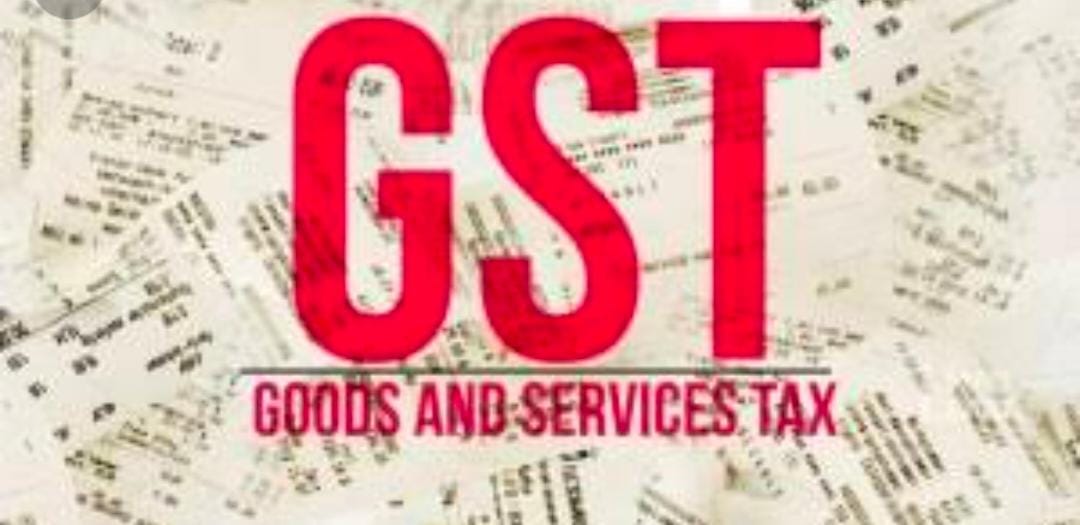GST e-invoice system enables over 37,000 tax payers to generate more than 1,680 IRNs
Author: BI Bureau

New Delhi: GST e-invoice system, the game changer in the GST system, has completed journey of three months and has facilitated smooth transition of the tax payers to the new platform. It has enabled more than 37000 tax payers to generate more than 1,680 lakh Invoice Reference Numbers (IRNs), during last three months from the NIC developed e-Invoice system.
Starting with 495 lakh during October 2020, the generation of e-invoice has increased to 589 lakh in November 2020 and 603 lakh in December 2020. Interestingly, the e-way bill generation from the NIC or National Informatics Centre developed e-way bill system is also highest during September to December 2020 compared to same months of previous years.
According to an official statement, the response of the system is good and generation of IRNs is hassle-free during this period. However, there have been common errors such as repeated requests on same document number, simultaneous requests on same document number, request with validation or calculation errors, etc. Proactive measures taken by the NIC Help desk, including communication with tax payers about the issues through mails and telephonic calls and suggestion of corrective measures, has facilitated in bringing the errors down. NIC has also started sending the daily update to the generators of IRN about the number and value of the IRN generated by him/her.
The Central government has reduced the aggregate turnover cut off to Rs 100 crore per annum for generation of IRN by the tax payers from January 1, 2021. The NIC has already enabled the API and offline tool based sites for these tax payers. NIC is also geared up with adequate infrastructure to handle the generation of e-invoices from these tax payers from January 1, 2021.
The NIC portal facilitates the big tax payers, whose turnover is more than Rs 500 crore, to enable direct API access to their suppliers and clients from their systems. Keeping requirements of small tax payers in view, NIC has developed the offline Excel based IRN preparation and printing tool, called as NIC-GePP tool for the small tax payers. This application will allow the tax payers to enter the invoice details, prepare the file to upload on NIC IRN portal, download the IRN with QR code and print the e-invoice with QR code. /BI/
More In Tech Governance
The exports of agricultural commodities from March to June 2020 shot up by 23.24 percent on-year to Rs 25,552.7 crores.
As the economy comes to a standstill amid the coronavirus-led lockdown, India’s agriculture sector has taken the baton of economic growth in its hands. The exports of agricultural commodities from March to June 2020 shot up by 23.24 percent on-year to Rs 25,552.7 crores, according to the Ministry of Agriculture & Farmers Welfare. The government said that self-reliant agriculture is critical for the goal of an Atmanirbhar Bharat and for this, agricultural export is extremely important as besides earning foreign exchange for the country, the exports help farmers, producers, and exporters to take advantage of the wider international market and increase their income.
The surge in exports has also resulted in increased production in the farm sector by increasing coverage area and productivity. The share of India’s agricultural exports and imports in the world agriculture trade in 2017 was 2.27 percent and 1.90 percent, respectively. Even during the difficult time of pandemic lockdown, India took care not to disturb the world food supply chain and continued to export, the government said.
Ministry of Agriculture has prepared a comprehensive action plan for the promotion of Agri trade; the twofold approach focuses on boosting Agri Export with emphasis on value addition and action plan for Import Substitution. Recently, the Agriculture sector has witnessed a series of reforms, giving more choices to the farmers to sell their produce at competitive rates.
To mention a few, the Export strategy focuses on the export promotion of fast-evolving niche markets of Wellness food/ Health-conscious food/nutraceuticals, Development of “Brand India” in campaign mode to help penetration into new foreign markets and of new products which automatically translates into higher value realization, Gulf countries have been identified as focus destination to increase the market share which is a strong market for India though presently India caters to only 10-12% share of their total imports. A product-market matrix has been made containing a list of products of strength that could be expanded in new geographies and a list of known markets which can be introduced with newer products.
At the behest of the Department of Agricultural Cooperation & Farmers’ Welfare, Ministry of Agriculture, product-specific Export Promotion Forums have been created to lead Agri exports to new heights. Each Export Promotion Forum shall be having exporters of the related commodity as its members along with official members representing concerned Ministries/Departments of the Central and State Governments. Chairman APEDA shall be the chairman of each of these forums. The forums will meet at least once every two months, to discuss recommendations on issues pertaining to the export.
The recommendations of the forum will be placed in the product committee / Authority of APEDA. The Forum will keep in close contact with the concerned organization of the Ministry of Agriculture such as MIDH, Extension, NPPO, etc., DGFT, Ministry of Civil Aviation, MoFPI, etc. to further the interest of agricultural export.



